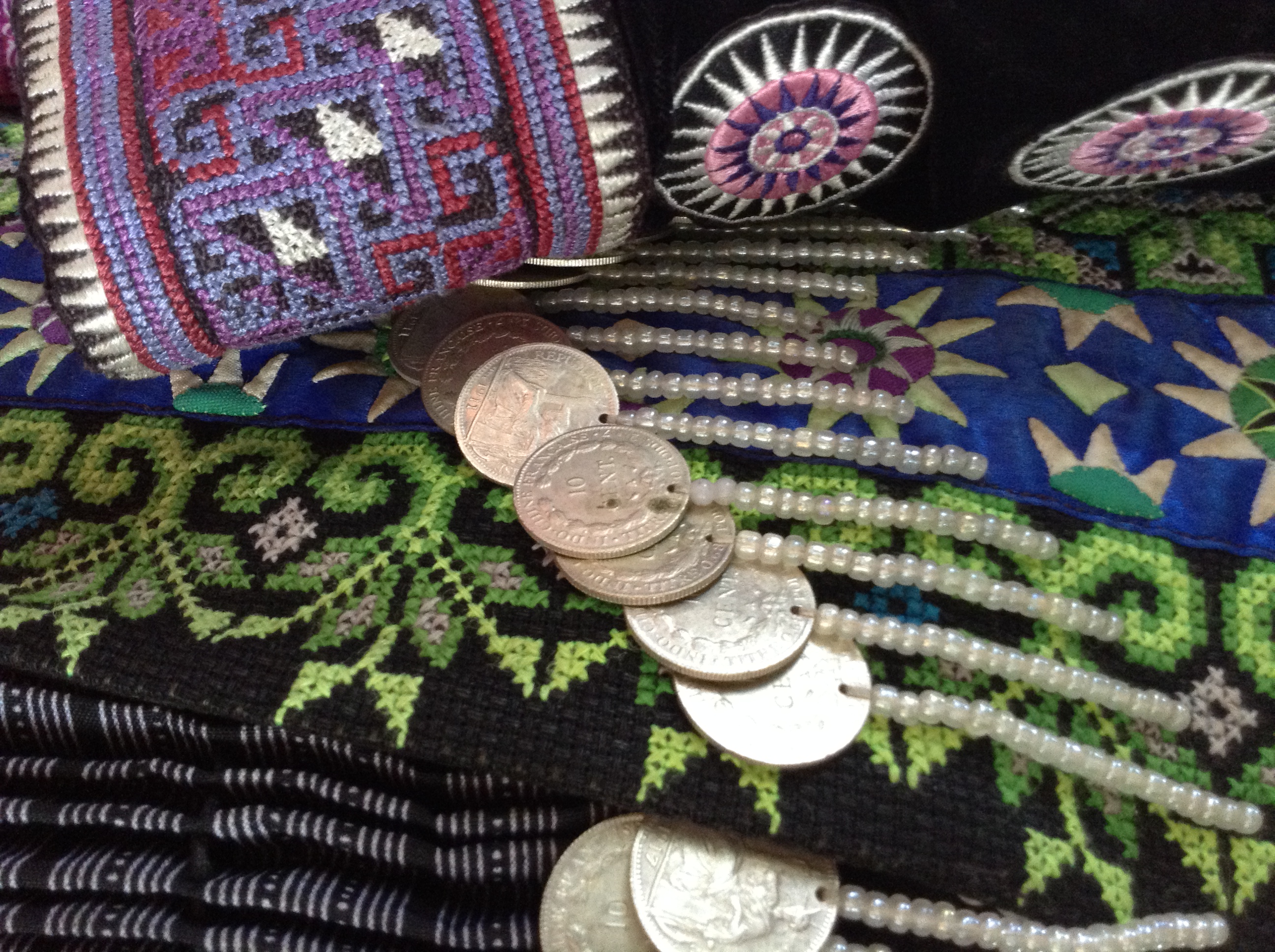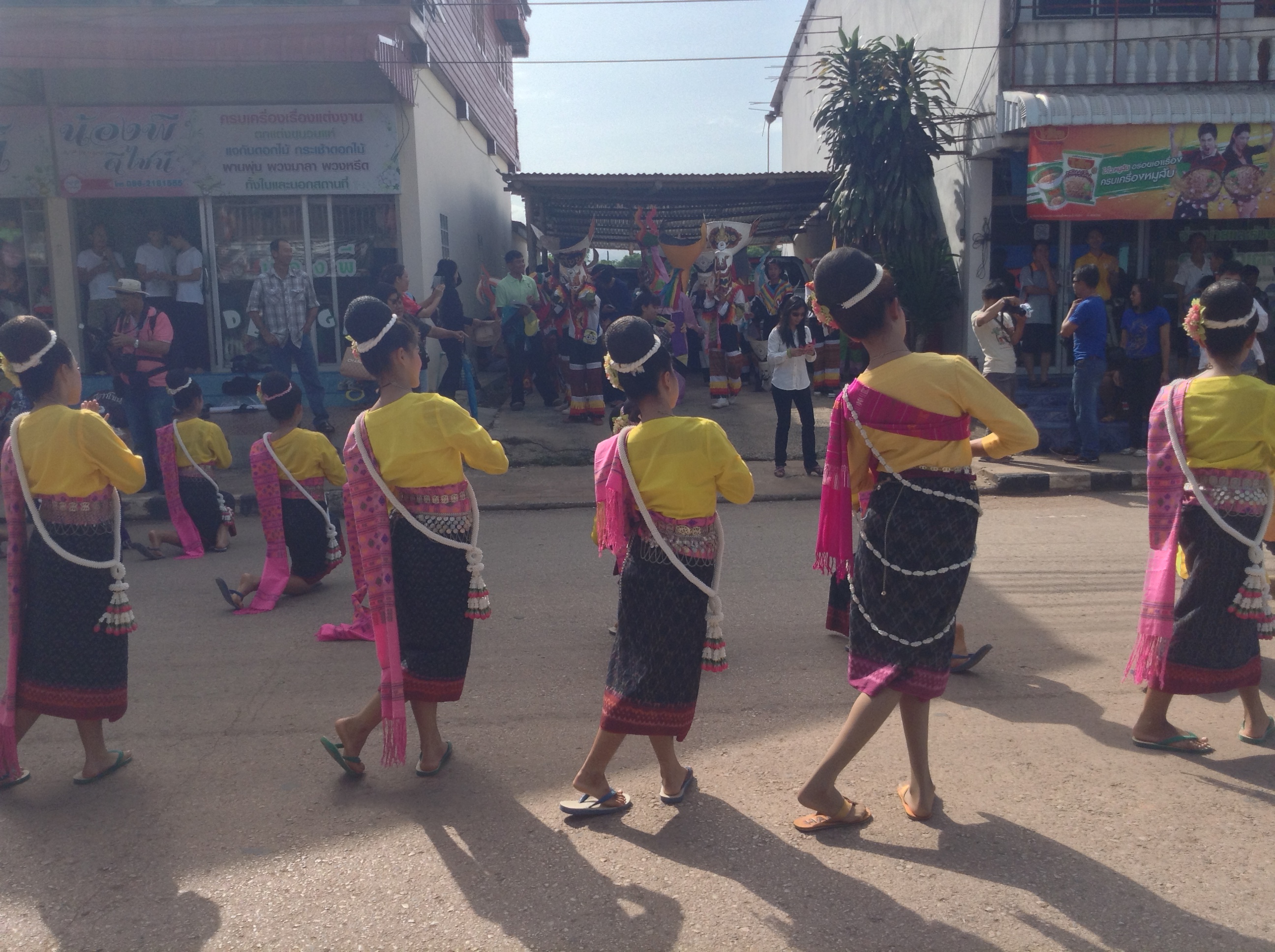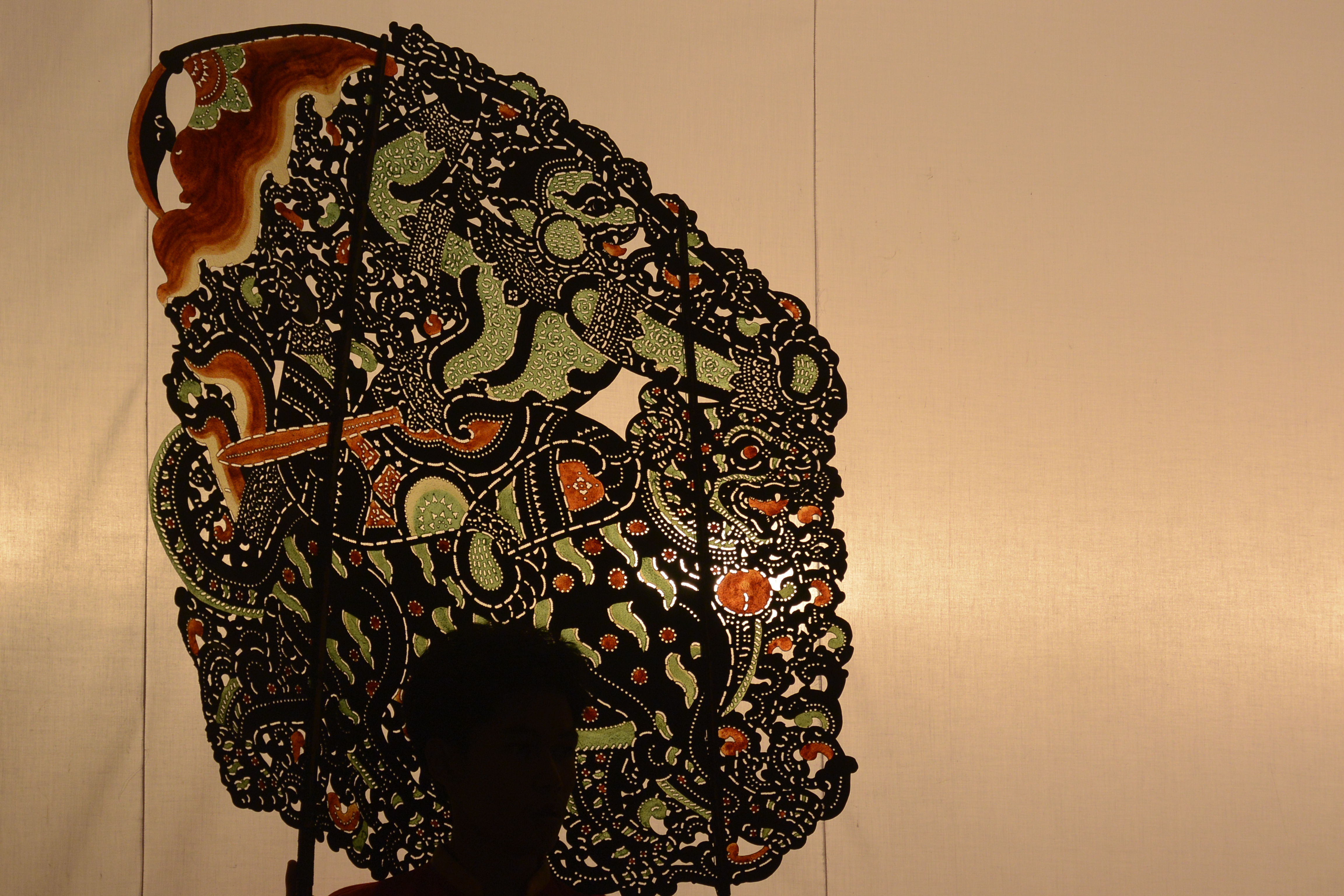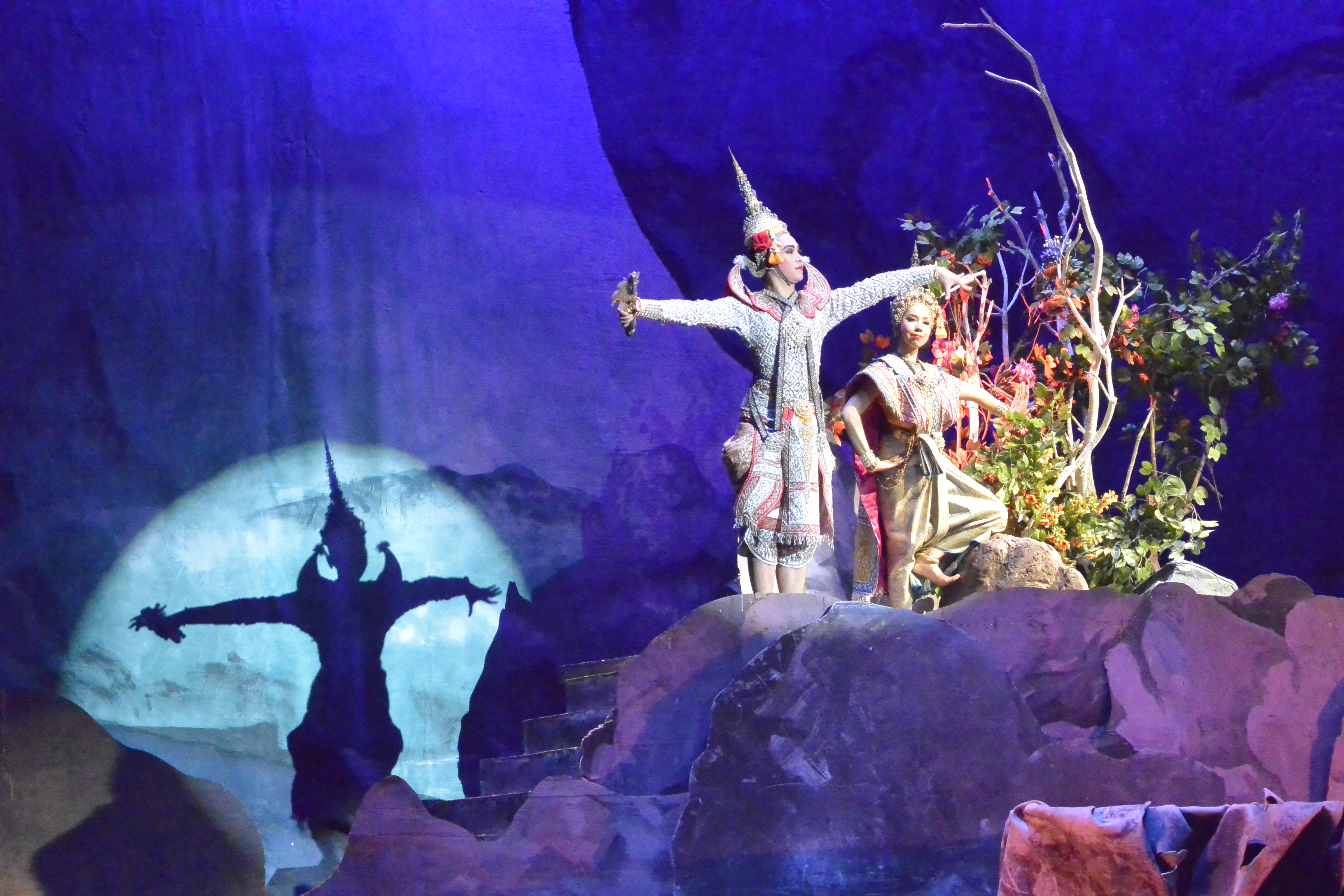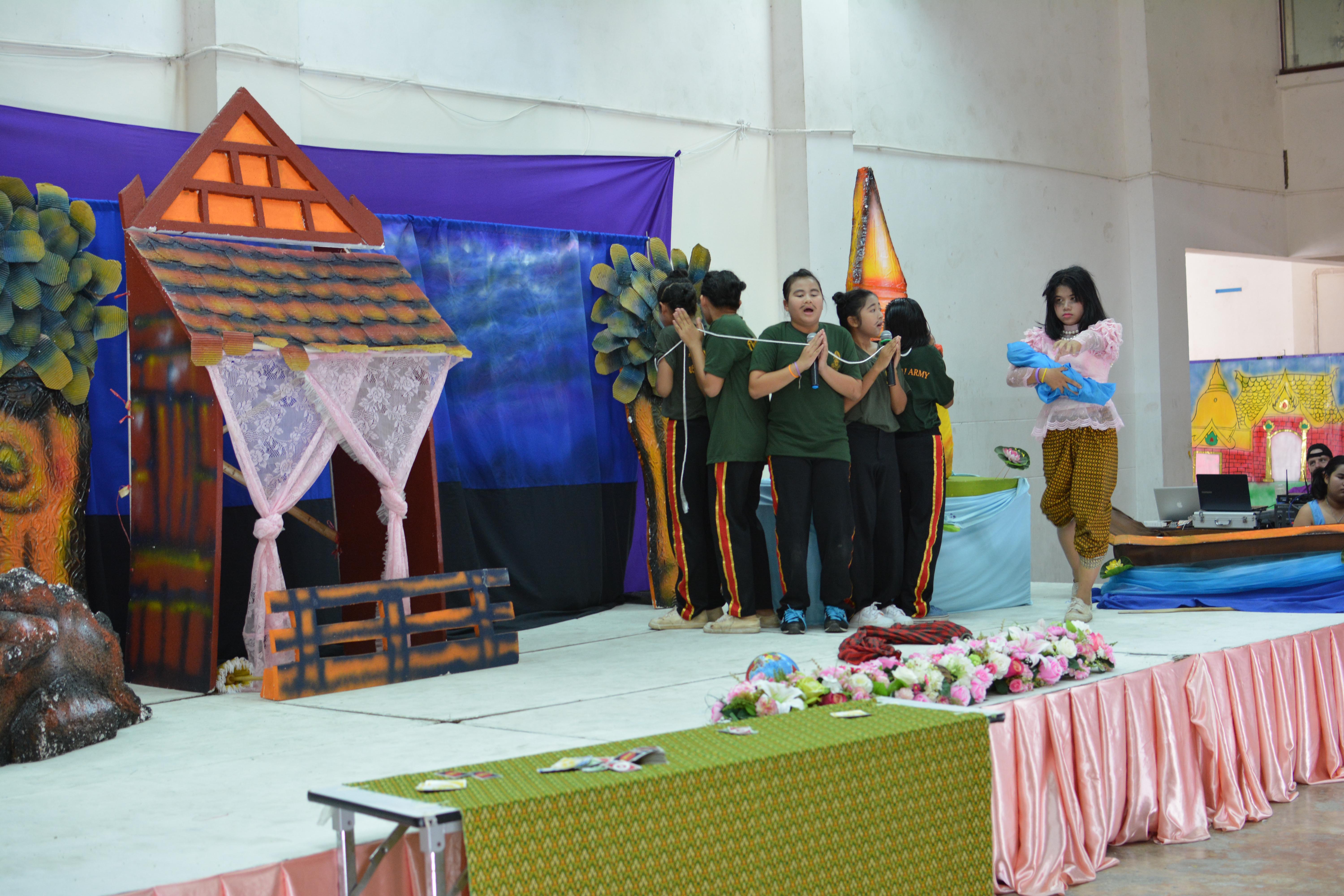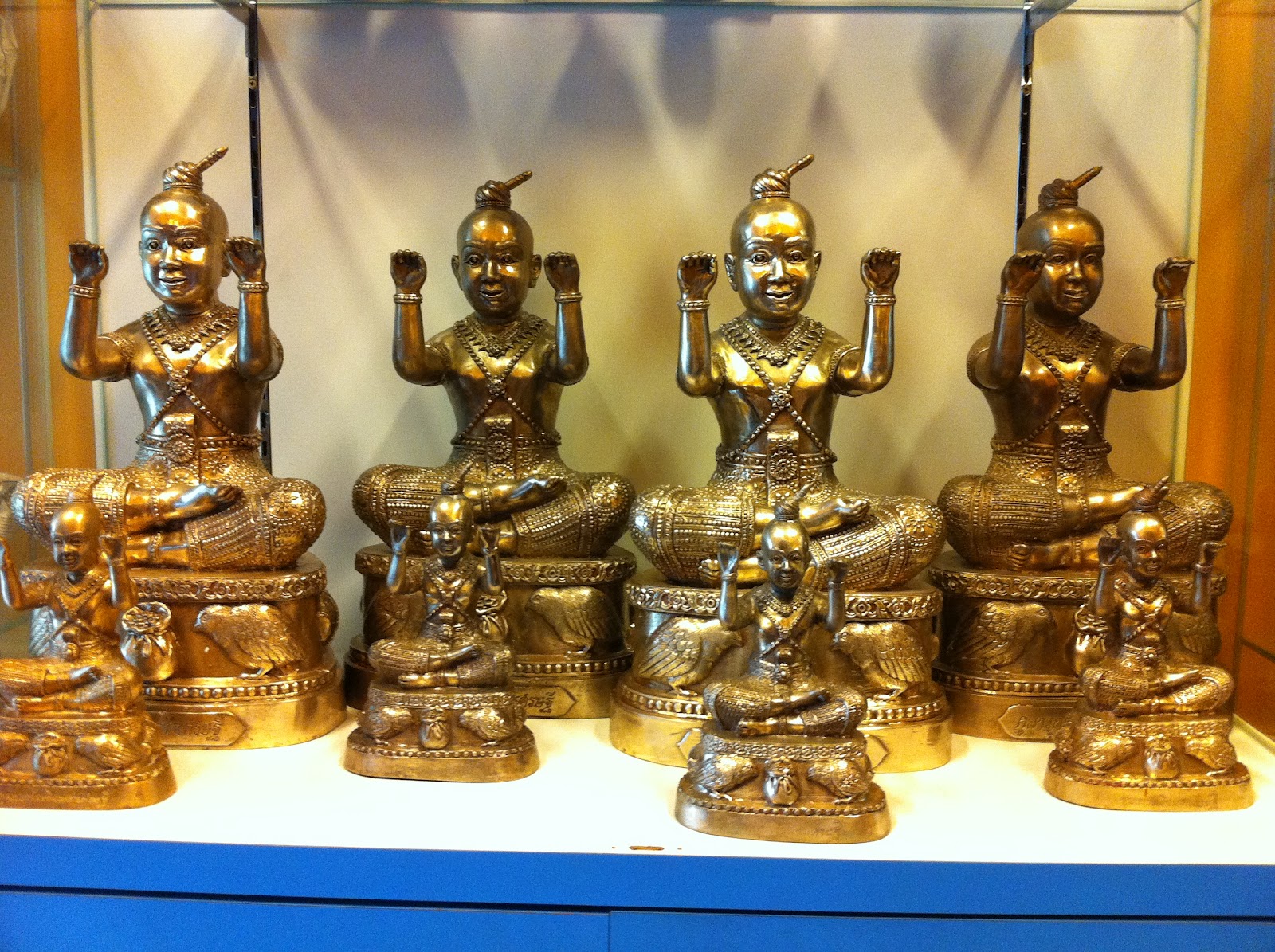One thing that is interesting about Thailand, especially with the policies that the junta is pushing, is the concept of a “Thai identity.” Yet, there are between 70 and 75 ethnic groups, some of whom do not identify the Thai identity, and many of the hill tribes are legally barred from having an affiliation with Thai-ness, even if they wanted to. Who are some of these ethnic groups and hill tribes and what is their relation to Thailand?
Tag: peace corps
Ethnicities of Thailand: Thai Identity
I was born and raised in the United States, a place that is frequently referred to as a “melting pot,” due to the number and variety of immigrants that have moved there over the centuries. The diversity of the people of my home country is definitely something that I miss.
However, saying that belies the diversity of the people of Thailand, which is ignored and passively covered up by the dominant and “official” history of the country. The Thai identity is one that has been cobbled together from various peoples that have had an influence on the Siamese kingdoms, though has certainly been dominated by the Tai peoples (not the same as Thai).
One Second Everyday: July 2014
Earlier this year I started using this really neat app called One Second Everyday. Basically, it allows you to pick a second of a video or picture of everyday and then you can export them into a longer video. I thought this was super cool and so I’ve been trying to do this throughout the year, similar to my sentence a day for last year. Here’s a video summary of July!
Thai Performing Arts: Thai Dancing
On thing that I really like about Thailand is how proud Thai people are of their culture. I’m always asked what I think of Thai food, I’m eagerly included in events at the wat (including funerals and weddings for people I have never met) and when I ask questions about things I don’t understand the explanations are free flowing. But there is one thing that I find especially impressive, and I’ve noticed it a lot more lately as I’ve attended more festivals: the pride in Thai traditional dancing.
Thai Performing Arts: Nang Yaai, Shadow Plays
There is a specialized form of performing arts that is a bit of a dying breed in Thailand: the nang yai (หนังใหญ่) shadow puppet plays. A friend had told me about stuff he had read about this art form and we briefly talked about trying to go to a performance before he left, but it never materialized. However, as I’ve tried to soak up as much of the cultural as I can this year, I made a trip to Wat Khanon in Ratchaburi, one of the few places that has performances this last weekend.
Bpai Tiao Video: Thai Nang Yaai Shadow Play
In Thailand, a bpai tiao is a trip of any length. I’ve written about some of my more significant bpai tiaos to tourist destinations here, to be used as travel ideas and tips.
In the planning for this year’s Thai Youth Theatre Festival, we decided to do a workshop on shadow puppets. This was included because we learned about a traditional Thai performance art called nang yaai, which literally means “big skin.” Shadow puppets are created out of animal hides and used to perform traditional stories. After a quick search, I discovered Wat Khanon in Ratchaburi does weekly performances and I had to check it out.
Thai Performing Arts: the Khon, a masked play
Last year, during Pre-Service Training, my cohorts and I were treated to performance of the khon (โขน). The theater was absolutely freezing and the performance was around three hours with no intermission. We were told that it was something special, that it’s not a common thing to get to go see, but after a year and a half in Thailand, I’m realizing how special it is, especially for someone with an interest in theater and performing arts, because this performance is the one of the only strong traditions of theater arts in Thailand.
Thai Performing Arts: Thai Youth Theatre Project
There isn’t much of a tradition of theater in Thailand, but there is a performing arts tradition, rich with history. One thing that I have made a part of my service here in Thailand is to bring theater arts to more children as a way to inspire more confidence and excitement about English.
Timelapse of Growing Cassava
I live in a rural part of Thailand, with lots of rice fields that have other crops rotated in when it’s not rice season. One of the crops planted here is cassava, which in Thailand is mainly used to make tapioca. I decided to take a picture of the cassava field I bike past everyday, to and from school, and create a timelapse. I missed some days, so it’s not super smooth, but I like how it helps me to mark the passage of time here.
Folklore of Thailand: Kuman Thong
I recently learned about a totally fascinating part of Thai folklore and wanted to share: the practice of a kuman thong (กุมารทอง). In Pali, kuman means “little boy” and thong means “golden,” so the kuman thong are effigies of children with gold leaf on them. They are believed to represent the spirit of a child and proper treatment of the effigy, thus honoring the spirit, will bring good fortune. It is also a practice of necromancy.

